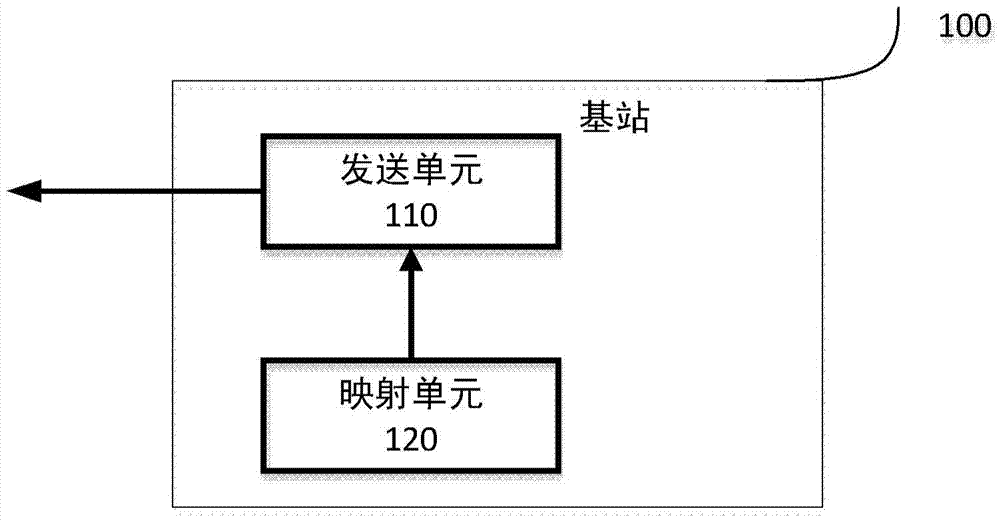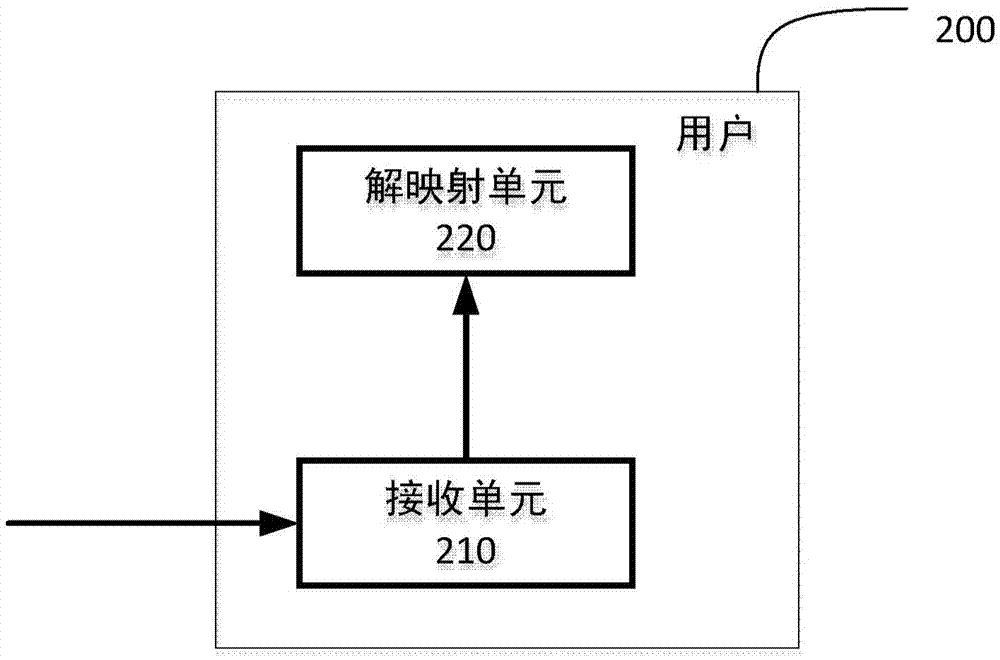NB-IoT physical downlink channel complex method, base station and user equipment
A technology of physical downlink channel and narrow-band Internet of Things, which is applied in the direction of transmission path sub-channel allocation, signaling allocation, wireless communication, etc., and can solve problems such as inapplicability
- Summary
- Abstract
- Description
- Claims
- Application Information
AI Technical Summary
Problems solved by technology
Method used
Image
Examples
Embodiment 1
[0055] image 3 It shows a schematic diagram of multiplexing more than one narrowband Internet of Things physical downlink channel based on an enhanced channel element (Enhanced ChannelElement, ECE) in the same subframe, wherein one ECE consists of four enhanced resource element groups (Ehanced Resource Element Group, EREG) composition. A NB-IoT physical downlink channel (NB-PDCCH or NB-PDSCH) consists of one or more enhanced channel units. Therefore, in this embodiment, up to four narrowband Internet of Things physical downlink channels can be multiplexed in the same subframe.
[0056] EREGs are used to define the mapping between NB-PDCCH and / or NB-PDSCH to resource elements. In a NB-IoT downlink subframe (or a physical resource block pair), there are 16 EREGs numbered from 0 to 15, and each EREG consists of 9 resource units. Such as image 3 As shown, in a downlink subframe of the NB-IoT, according to the frequency domain first and then the time domain, in an ascending o...
Embodiment 2
[0067] Figure 5 It shows a schematic diagram of multiplexing more than one narrowband Internet of Things physical downlink channel based on ECE in the same subframe, wherein one ECE is composed of two EREGs. A NB-IoT physical downlink channel (NB-PDCCH or NB-PDSCH) consists of one or more enhanced channel units. Therefore, in this embodiment, up to 8 narrowband Internet of Things physical downlink channels can be multiplexed in the same subframe.
[0068] EREGs are used to define the mapping between NB-PDCCH and / or NB-PDSCH to resource elements. In a NB-IoT downlink subframe (or a physical resource block pair), there are 16 EREGs numbered from 0 to 15, and each EREG consists of 9 resource units. Such as Figure 5 As shown, in a downlink subframe of NB-IoT, according to the frequency domain first and then the time domain, the bearer antenna port P(7, 8, 9, 10, 11, 12, 13, 14) Resource elements for demodulation reference signaling (that is, the 24 resources located on the 5...
Embodiment 3
[0076] Figure 7 It shows a schematic diagram of multiplexing multiple NB-PDSCHs (or NB-PDCCHs) based on an Enhanced Channel Element (Enhanced Channel Element, ECE) in the same subframe. In this embodiment, multiple NB-PDCCHs are allowed to be multiplexed in the same subframe based on ECE (or ECCE), or multiple NB-PDSCHs are multiplexed in the same subframe based on ECE (or ESCE), but NB is not allowed - PDCCH and NB-PDSCH are multiplexed in the same subframe. Moreover, in one NB-IoT downlink subframe, the number of multiplexed NB-PDSCHs (or NB-PDCCHs) is an integer greater than 4 and less than or equal to 8. It can also be said that in one NB-IoT downlink subframe, the number of multiplexed NB-IoT UEs is an integer greater than 4 and less than or equal to 8. In the following, multiplexing of multiple NB-PDSCHs in the same subframe is taken as an example for description.
[0077] EREGs are used to define the mapping between NB-PDSCH and resource elements. In a NB-IoT downl...
PUM
 Login to View More
Login to View More Abstract
Description
Claims
Application Information
 Login to View More
Login to View More - R&D
- Intellectual Property
- Life Sciences
- Materials
- Tech Scout
- Unparalleled Data Quality
- Higher Quality Content
- 60% Fewer Hallucinations
Browse by: Latest US Patents, China's latest patents, Technical Efficacy Thesaurus, Application Domain, Technology Topic, Popular Technical Reports.
© 2025 PatSnap. All rights reserved.Legal|Privacy policy|Modern Slavery Act Transparency Statement|Sitemap|About US| Contact US: help@patsnap.com



